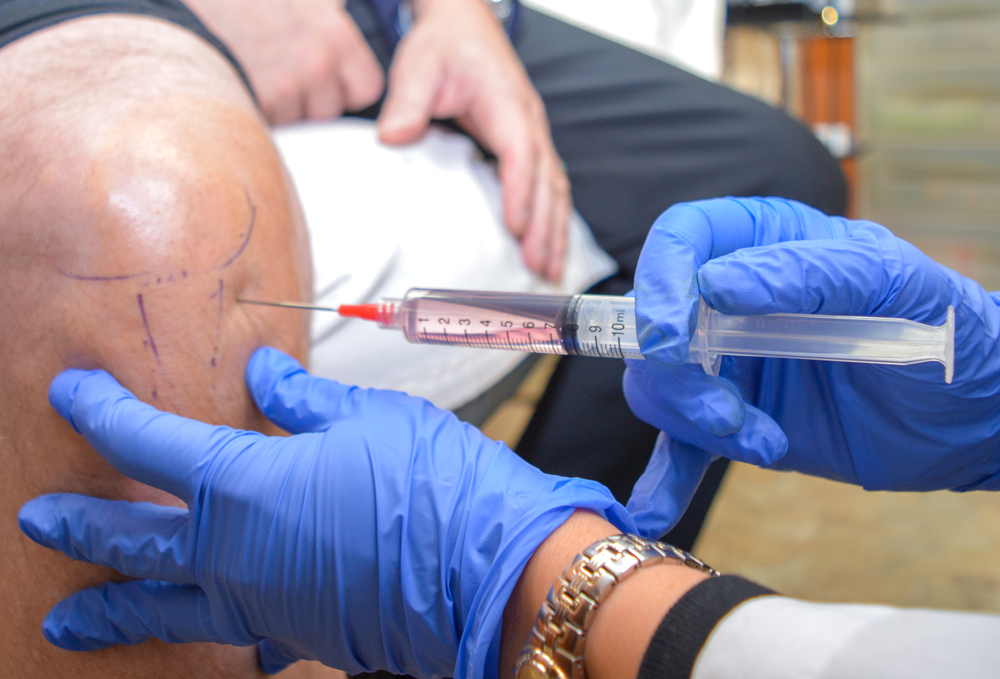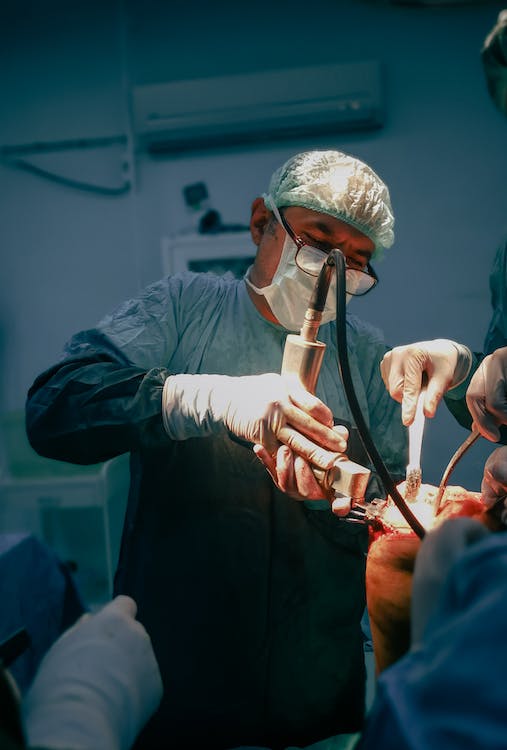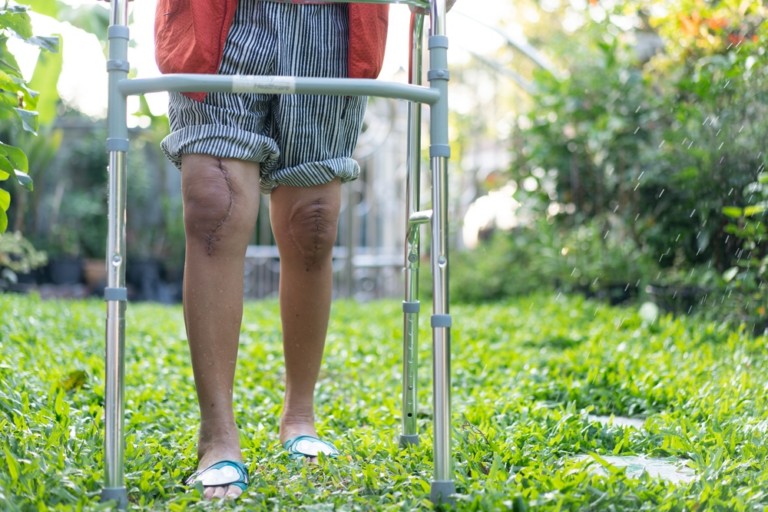ACL Reconstruction vs. Conservative Treatment: Which Is Best for You?
The anterior cruciate ligament (ACL) is an important ligament located in the center of the knee. It helps in stabilizing the knee joint by connecting the tibia and femur. ACL tear is common among athletes and the heavy-duty labor force. ACL injuries happen when there is a tear or overextension of the ligament. This can be due to physical trauma, sudden pivoting movements, or even a medial deviation of the knee joint. ACL Reconstruction vs. Conservative Treatment: Which Is Best for You?
Symptoms of ACL Injury and Diagnosis
The common symptoms of ACL injury
- Popping noise at the time of injury
- Pain around the knee
- Swelling and redness around the knee
- Difficulty walking or running
Categories of ACL Injuries
ACL injuries are categorized based on the degree or extent of damage. They are:
- Grade 1 sprain: This involves an overextension of the ligament. There is no tear involved.
- Grade 2 sprain: This involves a partial tear of the ligament. There may be knee instability involved. It is the least common type of ACL injury.
- Grade 3 sprain: Here, there is a complete ligament tear and significant knee instability.
Why Should the ACL Be Repaired?
The ACL is an important ligament that helps to maintain knee stability. The following are the reasons a damaged ACL should be repaired:
- Restoration of knee function
- Permanent Symptom Relief
- Prevention of Further Damage
Treatment of ACL Injuries
Different management options exist for the management of ACL injuries. They can be surgical or non-surgical (conservative), depending on the conditions listed above.
Conservative Management

These include:
Physical therapy and rehabilitation:
For minor ACL injuries, i.e., grade 1 and mild grade 2 damages, protective braces and physical therapy are recommended to help strengthen the knee. Other treatments that would be recommended are:
- Use of cold packs.
- Elevation of the knee.
- Bandage compression of the knee.
- Reduction of activity.
- Use of anti-inflammatories to reduce pain and swelling.
- Structured exercises.
Prolotherapy:
This treatment involves the injection of small amounts of irritant solutions like dextrose into the site of damage. These drugs cause inflammation at the site, stimulating fibroblasts to make collagen fibers. This aids in the stimulation of the growth of new cells and tissue. Every two to three months, for three to six sessions, treatment may be administered. It is preferable not to use proliferates for ACL repair as they have a high risk of causing capsulitis.
Stem Cell Therapy:
It involves direct bone marrow aspiration to get autologous stem cells. These are then injected into the injury site. These cells can differentiate into the type of cells from the injury site, leading to healing.

Demerits of Non-surgical Intervention
The ACL that is torn can only be reattached through surgery. This means that conservative management will only be able to restore a level of function in the affected knee. The long-term effects may include:
- Knee instability: The legs may feel like buckling on occasion. Certain exercises may help to reduce this effect by strengthening the knee.
- Reduction in activities: The level of movement that may be achieved with a full tear with conservative management is limited. This will impact the lifestyle of the patient significantly.
- Risk of other injuries: Complications and further injury may arise from functional knee instability. These injuries can involve the posterior cruciate ligament, the meniscus, and other ligaments of the knee.
- Uncertainty: It is impossible to anticipate with any degree of accuracy which of the extremely small number of knees will be able to resume more strenuous sports and activities without surgery.
Surgical Treatment
This is usually recommended for several reasons like restoration of knee function, knee stability, etc. Different surgical techniques can be used for the repair of ACL injuries. They are:
Surgical repair:
This involves a surgical reconnection of a partly torn ACL. This procedure is not recommended for complete tears since revascularization is difficult to achieve.
Surgical reconstruction:
Different techniques exist for the surgical reconstruction of a damaged ACL. These make use of grafts from the patient or a donor. The common reconstruction types are:
- Autograft: The tendon of the patellar, hamstring, or quadriceps is harvested from the patient and used to replace the damaged ligament. However, this takes longer to heal, and surgery is needed to collect the graft increasing the risk of postoperative complications.
- Allograft: The required graft is obtained from a donor (usually a cadaver); the patellar tendon, Achilles tendon, semitendinosus, gracilis, or posterior tibialis tendon can be used. Recovery is quicker since no harvesting incision is done. Although more modern methods for screening and sterilizing the graft have been established, this approach may increase the risk of contamination and graft rejection.

Possible Surgical Complications in ACL Reconstruction
There are some risks involved with ACL repair surgery, as with any surgical procedure. These include:
- Post-surgical infection
- Graft rejection
- Hemorrhage
- Growth plate injuries in young patients
- Numbness due to nerve damage.
- Blood clot
- Instability and Stiffness of the knee
What are the Factors to Consider in the Choice of Treatment for ACL Injuries?
When an ACL injury occurs, there are first aid treatments needed to reduce the pain and prevent further damage. However, it is crucial to commence treatment as soon as possible. This will help prevent permanent damage and possible complications. Each treatment protocol has several pros and cons. This makes it necessary to consider a host of factors before making a treatment decision. These include:
Age of the patient:
Young patients with ACL tears are advised to avoid surgery if possible. This is because early ACL reconstruction creates a possible risk of injury to the growth plate, leading to bone growth problems. Delaying reconstruction, however, can increase the risk of meniscus or cartilage damage in the future.
Lifestyle:
Individuals who live a sedentary lifestyle with a partial tear may not need reconstruction surgery. On the other hand, patients who are into active sports and manual labor are more likely to have surgery than their less active counterparts.
Pain levels:
Pain associated with ACL injury is dependent on the extent of damage. If there is significant pain, especially with prior conservative management is an indication for surgery. In the absence of significant pain, a conservative approach is indicated.
The extent of damage:
If there is significant functional instability of the knee, the individual has a high risk of developing damage in other areas of the knee. In some cases, damage can also occur in the menisci, articular cartilage, collateral ligaments, and joint capsule. These would require a surgical intervention rather than a conservative one.
Return to activities:
For athletes and individuals who may need to return to work as quickly as possible, it may be necessary to perform a surgical reconstruction. This also ensures that there is better stability at the knee joint.
Therefore, it is crucial to consult with a specialist in the case of an injury. This will help to analyze the severity of the case and reach the most suitable treatment option.
The information provided in this blog is for educational purposes only and should not be considered as medical advice. It is not intended to replace professional medical consultation, diagnosis, or treatment. Always consult with a qualified healthcare provider before making any decisions regarding your health. Read more







